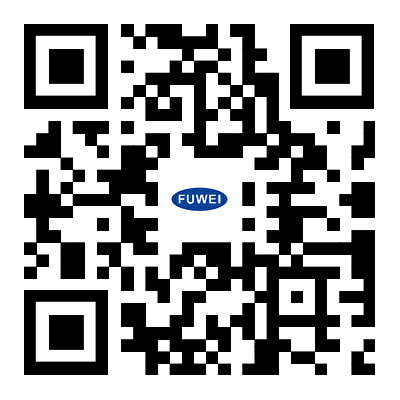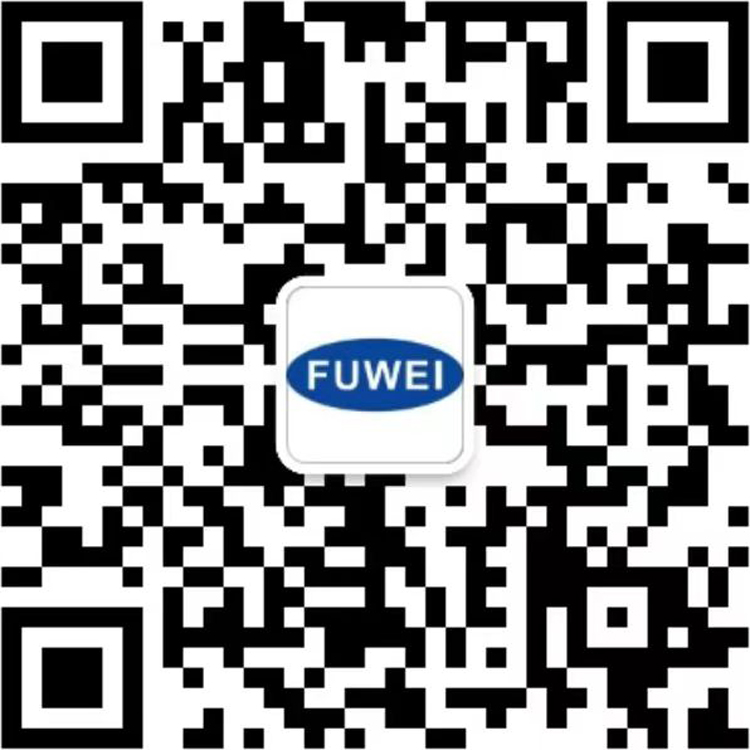QR Code

About Us
Products
Contact Us

Phone

E-mail

We propose a solution based on 3D vision guidance to meet the automation requirements for the oil brushing, drying, loading and unloading process of aluminum alloy panels. This solution achieves high-precision recognition and positioning of panels by introducing advanced 3D vision technology, thereby improving production efficiency and quality stability.
Overview of the Plan
This plan achieves precise identification and positioning of aluminum alloy panels by configuring 3D vision systems in the loading and unloading areas respectively. The feeding area adopts a suction feeding method to ensure that the panels enter the production line smoothly and accurately. The unloading area is automated by robots to grab and place boards. At the same time, to ensure that the oiling process does not come into contact with the front of the product, we have designed the oiling device as a side or top oiling method.
Implementation of the plan
Implementation of loading area
In the loading area, we have installed a 3D vision system that includes a high-resolution camera and an image processing unit. When the sensor detects the workpiece, the camera immediately takes a picture and transmits the image data to the image processing unit. The image processing unit processes the image through algorithms, extracts the contour and position information of the board, and calculates the Y1 value of the board. Then, based on the Y1 value, the suction device is controlled to accurately suck up the plate and smoothly feed it into the production line.
Implementation of unloading area
In the unloading area, we have also equipped a 3D vision system and a robot with high-precision grasping and placement functions. When sensor 1 detects the workpiece, the camera takes a picture and provides the Y1 value of product 1; Subsequently, when sensor 2 detects the workpiece, the robot accurately grasps product 1 based on the Y1 value and places it in the designated position. Similarly, when the sensor detects the workpiece again and provides the Y2 value of product 2, the robot performs grasping and placement operations again. Throughout the process, we optimized algorithms and calibrated camera parameters to ensure placement accuracy meets the requirement of ± 2mm.

Solution:
We have taken the following measures to address the difficulty of achieving a placement accuracy of ± 2mm for the feeder:

Improve camera resolution and field of view width: Choose a higher resolution camera to increase the precision of image data; At the same time, adjust the camera field of view width according to the actual situation of the production line to ensure coverage of the entire workflow.
Optimize image processing algorithms: By conducting in-depth research on the characteristics and surface textures of aluminum alloy panels, optimize image processing algorithms to improve the accuracy of contour recognition and position calculation.
Accurate calibration of robot parameters: Accurately calibrate the robot, including parameters such as the length and joint angles of the robotic arm, to ensure high stability and accuracy during grasping and placement operations.

This solution achieves efficient automation of the oil brushing, drying, loading and unloading process of aluminum alloy panels by introducing 3D vision technology. By optimizing algorithms and accurately calibrating equipment parameters, we have successfully solved the problem of feeder placement accuracy, improving production efficiency and quality stability.




Copyright © 2024 Guangzhou Fuwei Electronic Technology Co., Ltd. All Rights Reserved.
Links | Sitemap | RSS | XML | Privacy Policy |

